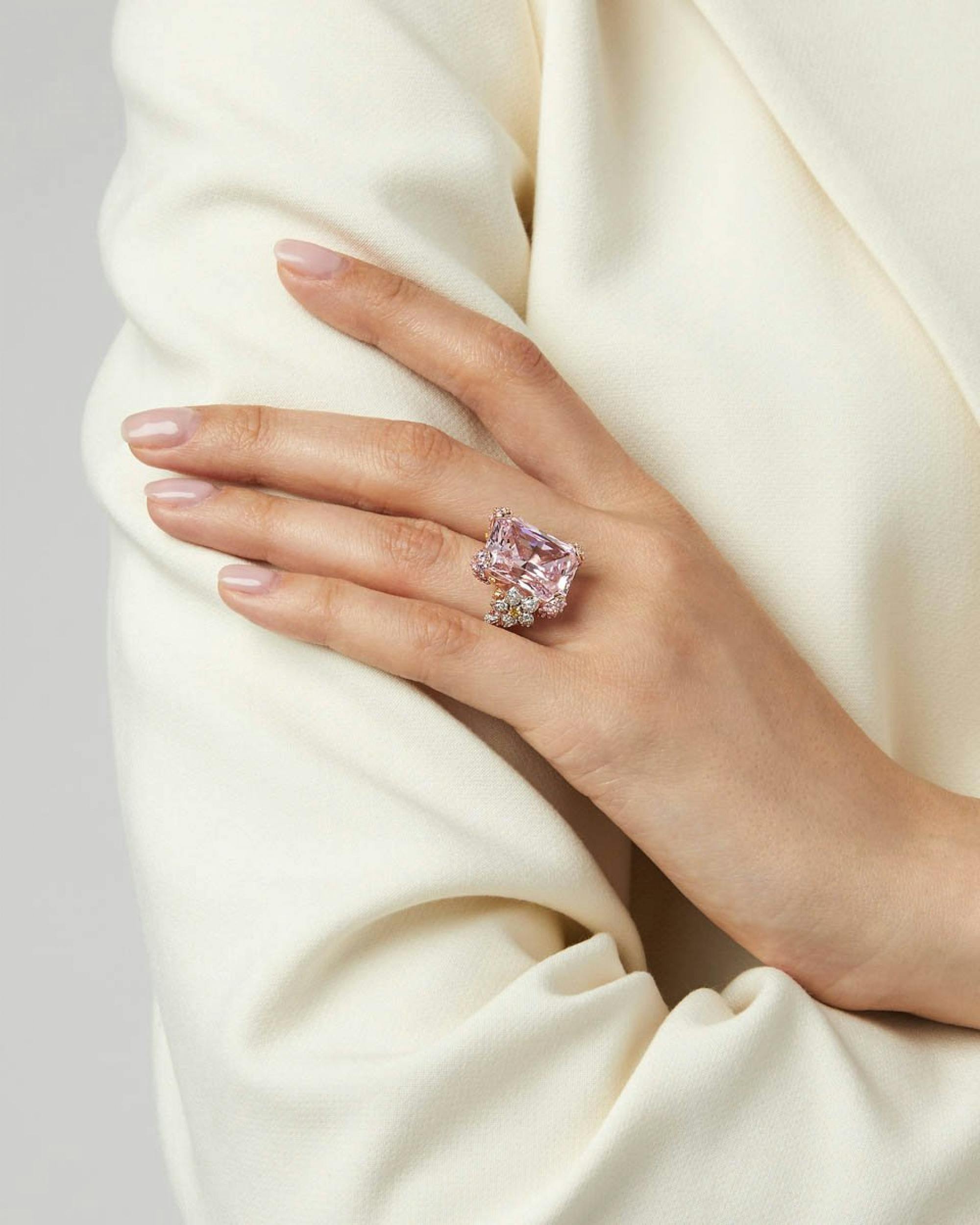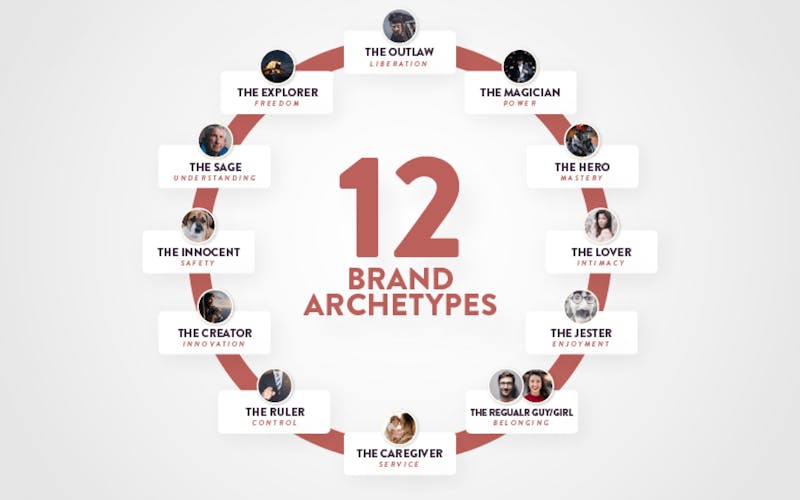

for Walpole members and
non-members available now
at The Londoner



Precious stones vs a priceless earth
The environmental costs of high-end jewellery production make pretty stark reading. 250 tonnes of earth are moved for every carat of diamond mined, and polishing it generates 160 kg of CO2 per carat.
Gold mining generates 20 tonnes of waste for every 9g of gold, while the industry puts 180 million tonnes of hazardous waste into water streams every year.
Clearly, then, the case for jewellery brands embracing sustainability is strong – and not just for the planet, but for the profit and loss statement, too.
The younger generations are driving change
Research by McKinsey indicates that 9 in 10 Gen-Z consumers believe companies have a responsibility to address environmental and social issues. And, crucially, 31% of Gen-Z consumers are willing to pay more for products considered to be sustainable. Whereas only 12% of Boomers say the same.
Sustainability is a key opportunity for brand differentiation
To add to that, 58% of younger consumers who bought luxury goods in 2019 stated that sustainability was an important decision-making factor when buying. With such potential for market growth, sustainability represents an exciting opportunity for the luxury sector.
Where to start?
Brands need to convince consumers they’re serious about sustainability, especially as consumers are calling for change. As The Business of Fashion and McKinsey’s ‘The State of Fashion’ report puts it, ‘Companies will need to take a 360-degree, holistic view of all facets of sustainability, including but not limited to workers’ rights, diversity and inclusion, mining impact, waste, emissions output and energy use’.
Jewellery rental and co-ownership are a rapidly growing trend, which brands that don’t currently include in their business model should consider.
Brands need to convince consumers they’re serious about sustainability.
Who’s blazing the sustainability trail?
Swarovski says 35% of energy used at its manufacturing and production sites is from renewable sources – a step towards meeting the UN2030 Sustainable Development Goal encouraging companies to increase their renewable energy usage.
Pandora announced it will swap mined diamonds for lab-grown diamonds as a ‘testament to our ongoing and ambitious sustainability agenda,’ said Pandora’s Chief Executive Alexander Lacik.
Tiffany & Co recently launched a new range made from recycled gold, while their ‘chain-of-custody’ controls protect human rights and mean they’re the first jeweller to share which countries their diamonds are sourced from. Tiffany & Co has also set itself emissions-reduction targets.
The cost of sustainable practices
Changing to more responsible practices impacts a company’s bottom line. Predicted figures suggest a 20% to 25% price increase on fair-trade gold and a 10% to 15% average rise in the cost of precious stones. With prices leaping and margins squeezing to take the hit, which businesses will prosper?
‘The State of Fashion’ report predicts that ‘Brands known for distinctive and recognisable designs will likely have the upper hand with their ability to command premium price points. Similarly, small brands that embed sustainability into their brand identity will have a head start in capturing younger consumers who are willing to pay a premium for credible, sustainable pieces. This could prove a valuable strategy for younger brands to move rapidly in an industry where highly resourced, large brands dominate.’
Brands that embrace sustainability will have a headstart in capturing younger consumers.
It goes on to say, ‘Others might consider launching new collections that are sustainably sourced to capture the sustainability minded consumer and learn best practices to incorporate into the remainder of their collections.’
Three key sustainable strategies
There’s a lot to do to change the tides and close the sustainability gap. But to capitalise on this opportunity, the Business of Fashion and McKinsey & Company’s report has three brilliant takeaways.
Make sustainability a top leadership priority
Set a clear sustainability agenda and weave it through the company. Invest time in building know-how, goal setting and introducing partnerships to drive innovation.
Create end-to-end transparency and define priority areas
Track and report environmental and social impact and introduce corporate governance structures. In the longer term, operate to the highest standards across the supply chain. Introduce new technologies that improve traceability, reduce damage to ecosystems and support local communities.
Improve R&D processes
Use more recycled materials and introduce sustainability into a business model that encourages customers to trade or redesign old jewellery. Embrace innovation with alternative materials like found objects.
The sustainability landscape in the jewellery sector is similar to that across the high-end markets: audiences – particularly younger ones – are hungry for change and want to buy guilt-free. In an increasingly connected world, we’re more aware than ever of the damage companies can do to people and planet, so it’s the responsibility of brands to work hard to eliminate bad practice and convince consumers that they’re doing the right thing buying with them.
If you’d like Woven to help your brand amplify its sustainability agenda to an audience hungry for change, please get in touch with Helen Darlington [email protected].








